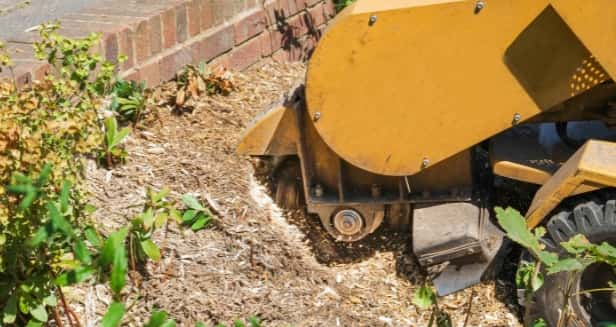Introduction: In the ever-changing landscape of our natural surroundings, trees stand as steadfast symbols of resilience and strength. Yet, despite their durability, trees are not immune to damage. Whether from severe weather, pest infestations, or human interference, branches can become compromised, detracting from the tree’s aesthetic appeal and overall health. Trimming trees to restore damaged branches is a practice that revitalises their beauty and promotes their longevity. This blog post delves into the art and science of trimming trees to restore damaged branches.
Assessing the Damage:
- The first step in restoring damaged branches is a thorough assessment of the extent of the damage. Arborists carefully inspect the affected branches, looking for signs of decay, disease, or structural weakness. They also consider the tree’s overall health, age, and species characteristics. This initial evaluation informs the trimming process and ensures that only necessary interventions are undertaken to preserve the tree’s vitality.
Strategic Pruning Techniques:
- Once the damaged branches have been identified, arborists employ strategic pruning techniques to restore their integrity and promote healthy growth. This may involve removing dead, diseased, or decaying wood to prevent the spread of pathogens and stimulate new growth. Additionally, selective pruning helps improve the branch’s structure and aesthetics, enhancing the tree’s overall appearance.
Encouraging New Growth:
- Trimming trees to restore damaged branches stimulates the tree’s natural healing process and encourages the development of new growth. By removing damaged or diseased tissue, arborists create opportunities for healthy tissue to regenerate and fill in the gaps left behind. This rejuvenation revitalises the affected branches and strengthens the tree as a whole, promoting its long-term health and resilience.
Promoting Structural Integrity:
- Damaged branches can compromise the tree’s structural integrity, increasing the risk of breakage or collapse. Through strategic trimming, arborists reinforce the tree’s stability and prevent further damage. Selectively removing weak or unstable branches improves the tree’s overall structure and reduces the likelihood of future issues. This proactive approach to tree care safeguards its longevity and ensures its continued well-being for years.
Enhancing Aesthetic Appeal:
- In addition to promoting tree health, trimming damaged branches enhances the tree’s aesthetic appeal. By selectively pruning to restore balance and symmetry, arborists create a visually pleasing silhouette that enhances the beauty of the landscape. Whether in residential gardens, public parks, or urban streetscapes, well-maintained trees contribute to a more inviting and harmonious environment for all to enjoy.
Conclusion: Trimming trees to restore damaged branches is an art and a science, requiring skill, expertise, and a deep understanding of tree biology. By carefully assessing the damage, employing strategic pruning techniques, and encouraging new growth, arborists breathe new life into trees compromised by injury or disease. Through their efforts, they revitalise the tree’s beauty and promote its longevity and resilience in the face of adversity. Let us celebrate the transformative power of tree trimming in restoring nature’s beauty and preserving the majestic presence of trees in our communities.
Call us on: 023 8001 2385
Click here to find out more about LM Tree Surgery Havant
Click here to complete our contact form and see how we can help with your tree’s needs.

